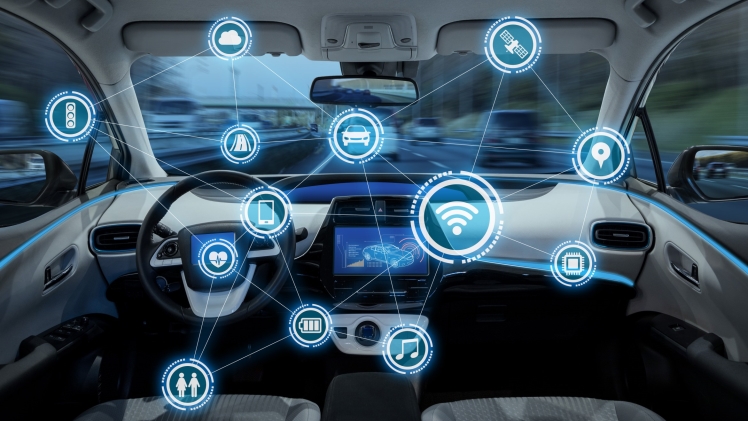Automotive technology has advanced significantly over cseb the years, providing drivers with the means to reduce the number of accidents they are involved in. Modern vehicles are equipped with a variety of safety features that can help to prevent collisions or reduce their quiznet severity. One of the primary features that automotive technology has provided is improved vehicle stability. Vehicle stability control systems use sensors to detect when a vehicle is in danger of skidding or losing grip on the road, and then applies brakes to individual wheels to help the driver regain control. Similarly, anti-lock braking systems help drivers maintain control of the vehicle during hard braking by preventing the wheels from locking up. Automotive technology bgoti has also improved the visibility of drivers. Automotive headlights have advanced from traditional halogen bulbs to powerful LED headlights that have a much wider angle and range. This allows drivers to better see potential hazards in the road ahead, allowing them to make better decisions and avoid accidents. Some vehicles also come with blind spot monitoring systems which alert drivers to vehicles in their blind spot. Finally, many vehicles are now equipped with advanced driver assistance systems (ADAS). These systems use sensors and cameras to detect potential hazards and alert the driver, or even take corrective actions if necessary. Examples include adaptive cruise control, lane departure warning, and automatic emergency braking systems. Overall, automotive technology has made vehicles much safer and has helped to reduce the number of accidents on the road. By equipping vehicles with improved stability control, better BBC Worldnews visibility, and advanced driver assistance systems, automotive technology can help drivers avoid accidents and travel more safely.
Autonomous driving, also known as driverless cars, is becoming a reality as technology advances. Autonomous driving technology has the potential to revolutionize the way people travel and interact with their environment. This technology promises to increase safety, reduce traffic congestion, and enhance convenience. Below are some of the benefits of autonomous driving. Safety: Autonomous vehicles are designed to be safer than human drivers. By utilizing sensors and sophisticated algorithms to detect obstacles and react to changes in the environment, autonomous cars are able to reduce the number of accidents and fatalities caused by human error. This is especially important in today’s world, as human-caused accidents remain the leading dlmlifestyle cause of death and injury on the roads. Convenience: Autonomous driving technology makes it easier for people to get around, as it allows for hands-free driving. This can be especially useful for elderly or disabled individuals who may not be able to drive independently. Additionally, autonomous cars can be programmed to handle difficult tasks such as parallel parking, allowing the driver to focus on more important tasks. Traffic Congestion: Autonomous cars can help reduce traffic congestion by utilizing algorithms to optimize traffic flow and reduce congestion. Autonomous cars can also be programmed to drive in a way that uses less fuel, helping to reduce emissions and improve air quality. Overall, autonomous driving technology has the potential to revolutionize the way people travel and interact with their environment. With increased safety, convenience, and reduced traffic congestion, autonomous driving is sure to be an important part of the future.

